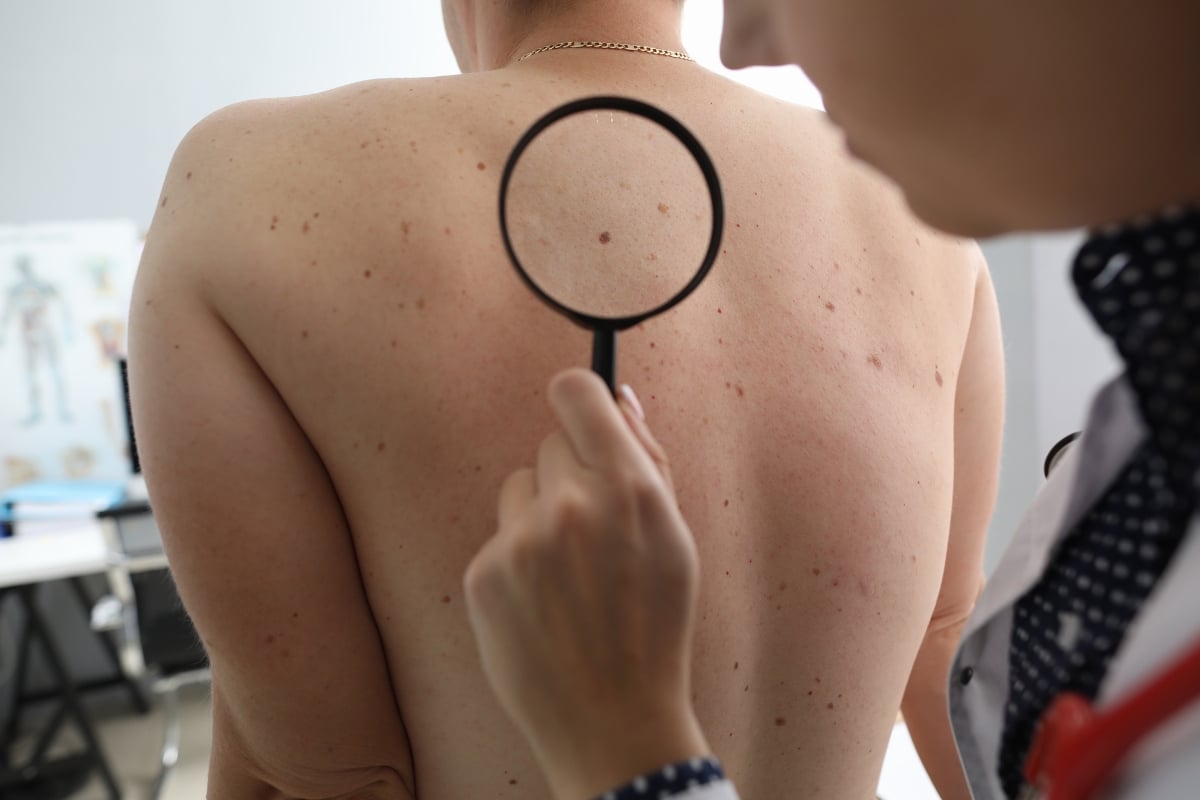You might have grown a few new freckles that you love. You find them cute and do not think much about why you have them out of the blue. But do you know small variations in the skin can precede trouble years before anything hurts? Early discovery is crucial: melanoma diagnosed early has a >99% five-year survival rate, but late-stage disease plummets sharply.
Why small clues are worth big attention
Skin cancer is America’s top cancer, and 1 out of 5 Americans will have been diagnosed by age 70. How much time you spend under the sun counts, too. Five or more sunburns double the risk of melanoma. Those numbers are a nudge to look closer, not panic.
If you’re someone who loves to spend time outside amidst nature for games, garden work, or simply just to read a book, you also expose yourself to the UV rays. If all these seem too familiar to you, it’s best to get in touch with a medical dermatologist in Bloomington.
The sneaky skin cancer symptoms to recognize
Skin cancer doesn’t always present itself as evident as some other types of cancer. If you deal with something new, changing, or “not like the rest” on your skin, don’t waste time anymore.
A “pimple” that persists
A pink or pearly bump that crusts, bleeds, and then recurs is a usual sign of basal cell carcinoma.
Rough, sandpapery surface
Those repeated scaly patches on the ears, face, or hands could be an actinic keratosis (a precursor to cancer that can turn cancerous).
Unexplained streak on a nail
A brown or black band across one nail, if spreading or pigmentation to the cuticle, needs a prompt inspection for subungual melanoma.
A hard, tender lump
A rapidly growing dome-shaped lesion may be squamous cell carcinoma.
An irregular mole
Asymmetry, irregular border, multiple colors, diameter larger than a pencil eraser, or evolving change—the ABCDEs flag melanoma risk.
A pink or skin-colored bump that grows
Melanoma doesn’t have to be dark. Pink, red, or flesh-colored amelanotic lesions can develop nevertheless.
These details help you pause at the right spots and keep checking your skin with purpose.
Self-check routine that you should stick to
Do a head-to-toe check every month: scalp, behind the ears, under the breasts, between the toes, and soles. Take photos under a good light so that next month you can compare. If you see probable signs of skin cancer, like new growth or changes in the existing moles, make an appointment with Dermatology and Skin Cancer Center. Early melanoma detection can save your life; early detection of non-melanoma skin cancers usually results in simpler treatment and smaller scars.
What a professional visit contains
A dermatologist for Bloomington patients will examine hard-to-see areas, do dermoscopy to read patterns of pigmentation, and perform a biopsy of suspicious-looking lesions. If there is a confirmed diagnosis, Mohs micrographic surgery or excision can be among the treatments for the majority of basal and squamous cell cancers—a technique of high cure with tissue-sparing margins.
Don’t underestimate preventive care
Every day, you must step outside home using a broad-spectrum sunscreen with SPF 30+, take shade at midday, wear a hat with a real brim, and put on UV-blocking glasses to reduce cumulative UV load. Sunburns have been linked with the growing risk of melanoma for people of every region.
When to call us
- A sore that bleeds or does not heal in three weeks
- A changing color, outline, or size of a mole
- A new streak in a single nail
- A lesion that feels “different” from others in your body
The Dermatology and Skin Cancer Center welcomes new and returning patients for comprehensive full-body skin exams, precise diagnoses, and personalized treatment planning tailored to your needs here in Bloomington. Schedule a skin check today with us for calm, evidence-based skin cancer care.
